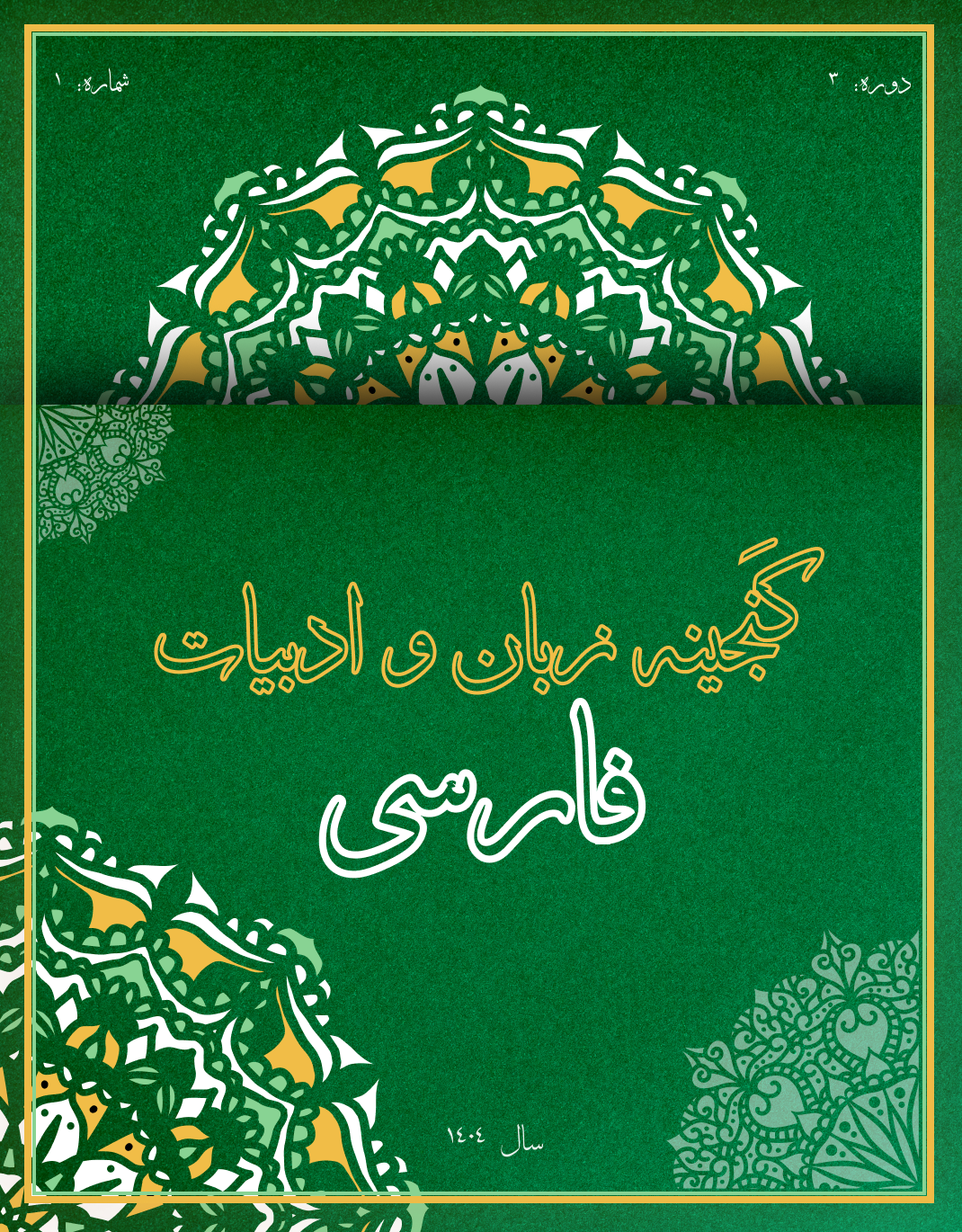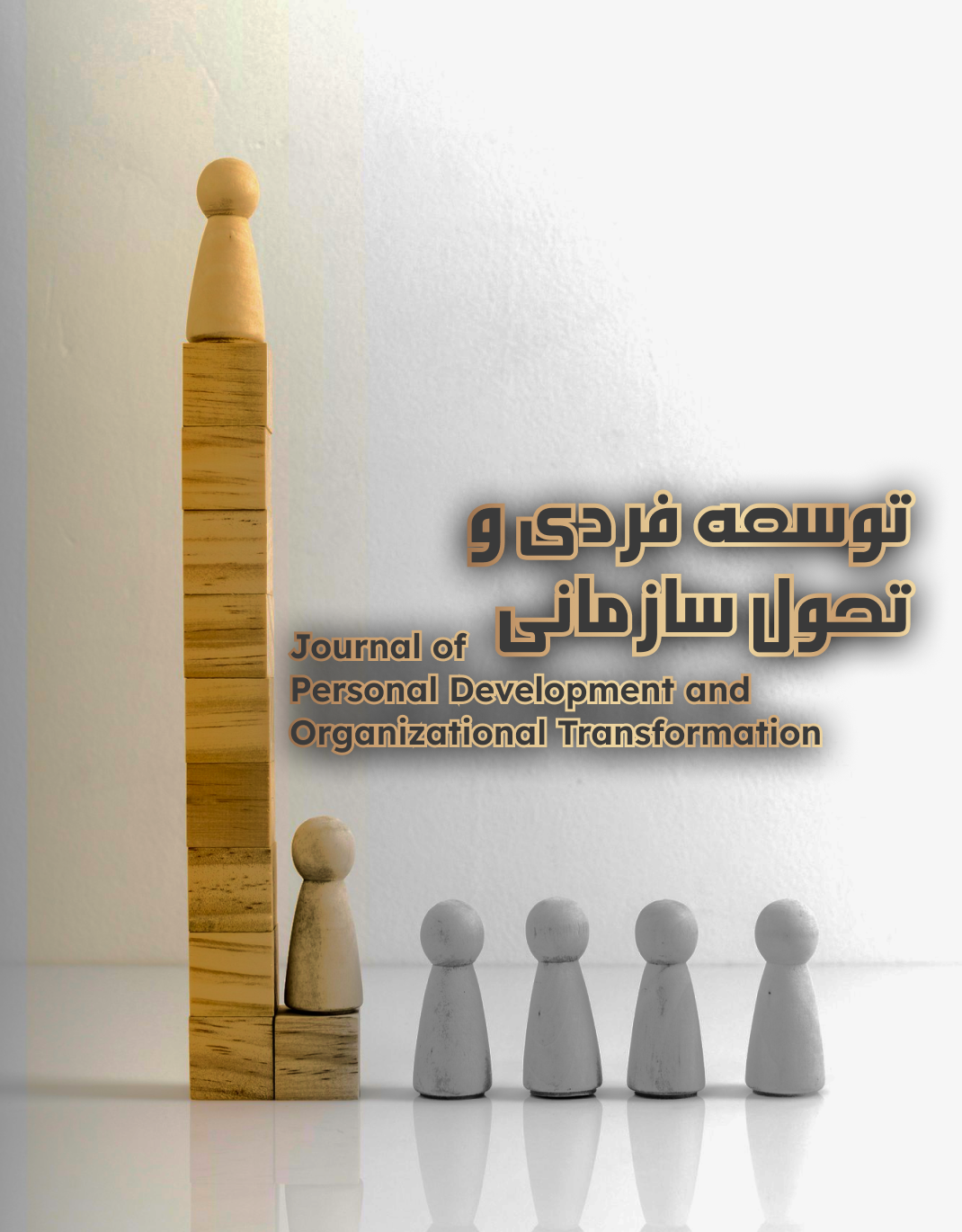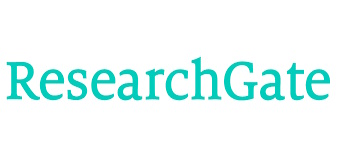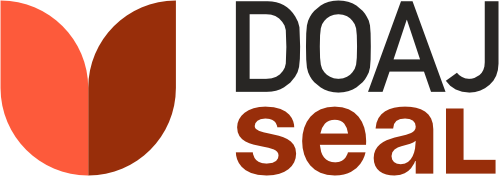ارائه مدل توسعه حمایتگرای دولت در حوزه فرهنگی با رویکرد تحلیل مضمون
کلمات کلیدی:
حمایت گرای دولت, حوزه فرهنگی, تحلیل مضمونچکیده
هدف این پژوهش ارائه مدل توسعه حمایتگرای دولت در حوزه فرهنگی است. این پژوهش برحسب نحوه گردآوری دادهها، توصیفی- تحلیلی میباشد و همچنین از نظر رویکرد پژوهش استقرایی- قیاسی میباشد. مشارکت کنندگان در روش کیفی تحلیل تم براون و کلارک (2006) از طریق مصاحبه با 16 نفر از خبرگان و مدیران ارشد وزارت فرهنگ و ارشاد اسلامی با تحصیلات مرتبط با موضوع تحقیق، داشتن تجربه کاری بالای 10 سال در دانشگاه و وزارت فرهنگ و ارشاد اسلامی، آگاه در حوزه سیاستگذاری فرهنگی و علاقمند به مشارکت و بیان دیدگاهها و تجربیات به صورت هدفمند آن قدر ادامه پیدا نمود تا به 14 نفر اشباع نظری حاصل گردید. با استفاده از مطالعه اسنادی (مطالعه کتاب ها، مقالات و تحقیقات مرتبط) سوالات اولیه مصاحبه شکل گرفت. تحلیل متن مصاحبهها از طریق نرمافزار مکس کیو دیای استفاده شد. از تجزیه و تحلیل 16 مصاحبه، جمعاً 191 کد اولیه استخراج گردید. پس از تحلیل متن مصاحبهها 57 مضمون پایه و 17 مضمون سازماندهندهنده استخراج گردید. در مرحله نهایی با بررسی مضامین سازمان دهنده 6 مضمون فراگیر تحت عنوان بودجه و منابع مالی، سیاستگذاری و قوانین، زیرساختها و تسهیلات، آموزش و پژوهش، ترویج و تبلیغات و حمایت از هنرمندان و فعالان فرهنگی بدست آمد.
دانلودها
مراجع
Ansari, M. R., Ghayoumi, A. A., Salehi Amiri, S. R., Azizabadi Farahani, F., & Ghadami, M. (2021). Presenting a Cultural Policy-Making Model with a Transformational Approach (Case Study: Islamic Azad University, Science and Research Branch, Tehran). Strategic Studies in Public Policy, 11(39), 46-66. https://sspp.iranjournals.ir/article_245873.html?lang=en
Azhdari, L., Farhangi, A. A., Salehi Amiri, S. R., & Soltanifar, M. (2018). Pathology of Cultural Diplomacy in the Islamic Republic of Iran and Proposed Strategies. Social-Cultural Strategy, 7(3), 123-159. https://rahbordfarhangi.csr.ir/article_117831.html?lang=en
Belfiore, E. (2002). Art as A Means of Alleviating Social Exclusion: Does It Really Work? A Critique of Instrumental Cultural Policies and Social Impact Studies in the UK. International Journal of Cultural Policy, 8(1), 91-106. https://doi.org/10.1080/102866302900324658
Cullerton, K., Donnet, T., Lee, A., & Gallegos, D. (2016). Playing the policy game: a review of the barriers to and enablers of nutrition policy change. Public Health Nutrition, 19(14), 2643-2653. https://doi.org/10.1017/S1368980016000677
Cullerton, K., Donnet, T., Lee, A., & Gallegos, D. (2018). Effective advocacy strategies for influencing government nutrition policy: a conceptual model. International Journal of Behavioral Nutrition and Physical Activity, 15, 83. https://doi.org/10.1186/s12966-018-0716-y
Ebne Yamini, P. (2018). Public Culture, Cultural Identity, Cultural Policy: Comparative Perspectives. Public policy, 4(1), 191-204. https://www.sid.ir/paper/257444/en
Engelstad, F. (2017). A Power Elite in the Cultural Field. A Story of Norwegian neo-corporatism. International Journal of Cultural Policy, 23(5), 527-544. https://doi.org/10.1080/10286632.2015.1084297
Entezari, A., & Derakhshan, F. (2022). Policy Analysis in the Economics of Culture. Applied Sociology, 33(1), 1-34. https://jas.ui.ac.ir/article_26041.html?lang=en
Gray, C. (2008). Instrumental Policies: Causes, Consequences, Museums and Galleries. Cultural Trends, 17(4), 209-222. https://doi.org/10.1080/09548960802615349
Gray, C., & Wingfield, M. (2011). Are governmental culture departments important? An empirical investigation. International Journal of Cultural Policy, 17(5), 590-604. https://doi.org/10.1080/10286632.2010.549559
Lluís, B., & Emmanuel, N. (2018). The participatory turn in cultural policy: Paradigms, models, contexts. Poetics, 66, 64-73. https://doi.org/10.1016/j.poetic.2018.02.006
Mahdavi, S. M. H., Yazdani Zazerani, M. R., & Golshani, A. (2019). Pathology of Cultural Development Policymaking in the Fifth Development Plan of the Islamic Republic of Iran. Iranian Political Sociology Monthly, 2(4), 2653-2664. https://jou.spsiran.ir/article_169337.html?lang=en
Mehdipour, F. (2020). A Model of Three-Base Instruments for Implementing Cultural Policy. Public Policy in Management, 11(3), 31-47. https://en.civilica.com/doc/1739669/
Meyrick, J., & Barnett, T. (2017). Culture without "world": Australian cultural policy in the age of stupid. Cultural Trends, 26(2), 107-124. https://doi.org/10.1080/09548963.2017.1323840
Mickov, B. (2023). The Cultural Sector and Sustainable Economic Development: Innovation and the Creative Economy in European Cities. Routledge. https://doi.org/10.4324/9781003336648
Moghtadaei, M., & Azghandi, A. (2016). Pathology of Cultural Policymaking in the Islamic Republic of Iran. Specialized Quarterly of Political Science, 12(34), 7-26. https://journals.iau.ir/article_528290.html?lang=en
Onyx, J., Armitage, L., Dalton, B., Melville, R., Casey, J., & Banks, R. (2010). Advocacy with gloves on: the "manners" of strategy used by some third sector organizations undertaking advocacy in NSW and Queensland. VOLUNTAS: International Journal of Voluntary and Nonprofit Organizations, 21(1), 41-61. https://doi.org/10.1007/s11266-009-9106-z
Rahmanizadeh Dehkordi, H. R. (2022). A Prelude to the Pathology of Decision-Making in Governmental Institutions with Emphasis on the State. Government Studies, 8(30), 163-196. https://ensani.ir/fa/article/516869/
Ratiu, D. E. (2009). Cultural Policy and Values: Intrinsic versus Instrumental? The case of Romania. The Journal of Arts Management, Law, and Society, 39(1), 24-44. https://doi.org/10.3200/JAML.39.1.24-44
Røyseng, S., De Paoli, D., & Wennes, G. (2020). As You like It! How Performance Measurement Affects Professional Autonomy in the Norwegian Public Theater Sector. The Journal of Arts Management, Law, and Society, 50(1), 52-66. https://doi.org/10.1080/10632921.2019.1693458
Schuster, J. E., Rocha, L., Sevillano, A., Green Johnson, F., & Gerlach, J. (2021). ADVOCATE: A Legislative Advocacy Model for Counseling Students. Teaching and Supervision in Counseling, 3(1), 88-99. https://doi.org/10.7290/tsc030109
Skillman, A. E. (2020). Building Community Self-Esteem: Advocating for Culture. Folklore, 131(3), 229-243. https://doi.org/10.1080/0015587X.2020.1772577
Sohrabi, H., & Ghasemi Pirbalouti, M. A. (2023). Evaluating the Performance of the Sixth Development Plan in Public Culture, Art, and Creative Industries and Lessons for the Seventh Development Plan. Monthly Expert Reports of the Parliament Research Center, 31(4), 1-7. https://rc.majlis.ir/fa/report/show/1777054
Soleimani, T., Samet, A., & Ghayoumi, A. A. (2022). Presenting a Cultural Policy Model to Strengthen (Enhance) the Cultural Identity of Youth in Ilam Province. Ilam Culture Quarterly, 23(76-77), 63-80. https://www.farhangeilam.ir/article_169584.html
UNESCO. (2010). Advocacy toolkit: A guide to influence decision that improve children's lives. United Nations Children's Fund, New York. https://www.right-to-education.org/resource/advocacy-toolkit-guide-influencing-decisions-improve-childrens-lives
Wahba, S., & Chun, Y. (2021). Orange is the new colour of city competitiveness: The role of local governments in promoting cultural and creative industries. Journal of Urban Regeneration and Renewal, 15(2), 136-149. https://doi.org/10.69554/YLYW9891
Zare, R., & Safari, M. (2023). Designing a Social Support Model for Poor Children Under the Coverage of Welfare Organizations (Case Study: Imam Khomeini Relief Foundation, Razavi Khorasan Province). Khorasan Socio-Cultural Studies, 14(4), 1-20. https://www.farhangekhorasan.ir/article_181622.html
Zargham Afshar, M. T., Sheikhi, S., & Ghaydar Lou, K. (2023). Pathology of Policymaking in Iran with Emphasis on Social Affairs. Monthly Expert Reports of the Parliament Research Center, 31(2), 1-30. https://rahbordfarhangi.csr.ir/article_171479.html
دانلود
چاپ شده
ارسال
بازنگری
پذیرش
شماره
نوع مقاله
مجوز
حق نشر 2025 Hamid Razavi Nia (Author); Mohammad Ali Nasimi; Mohammad Hassan Nasimi (Author)

این پروژه تحت مجوز بین المللی Creative Commons Attribution-NonCommercial 4.0 می باشد.







